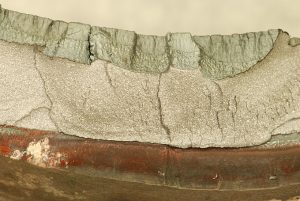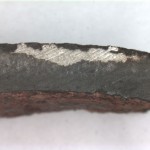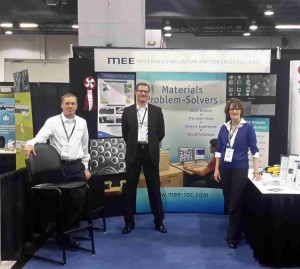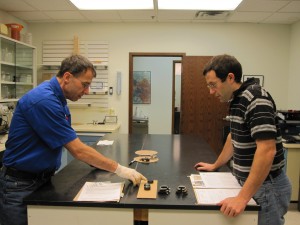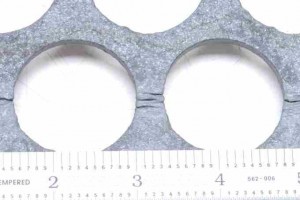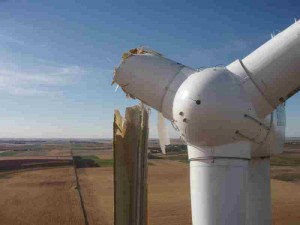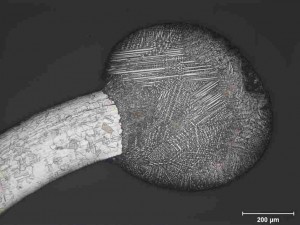Thermal Fatigue Case Study
posted August 2020A MEE case study on Thermal Fatigue has been added to our website. Our intent for these case studies is to provide you with a better understanding of what we do and how we approach typical projects at MEE. Each case study is taken from our files and has been edited to present a more casual writing style than our formal reports, but generally follows the structure of our reports and gives an overview of the findings and conclusions from an investigation.
While on our website, check out our Handbook of Analytical Methods for Materials (HAMM). Topics in the handbook include the analytical methods available in our laboratory, as well as, other common materials characterization techniques we use to find solutions to our customers’ materials-related problems.
Filed under: Case Studies, Fatigue Failure, HAMM,

